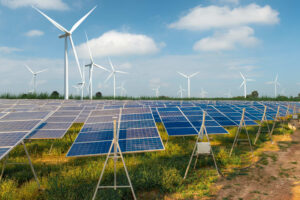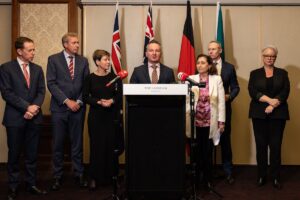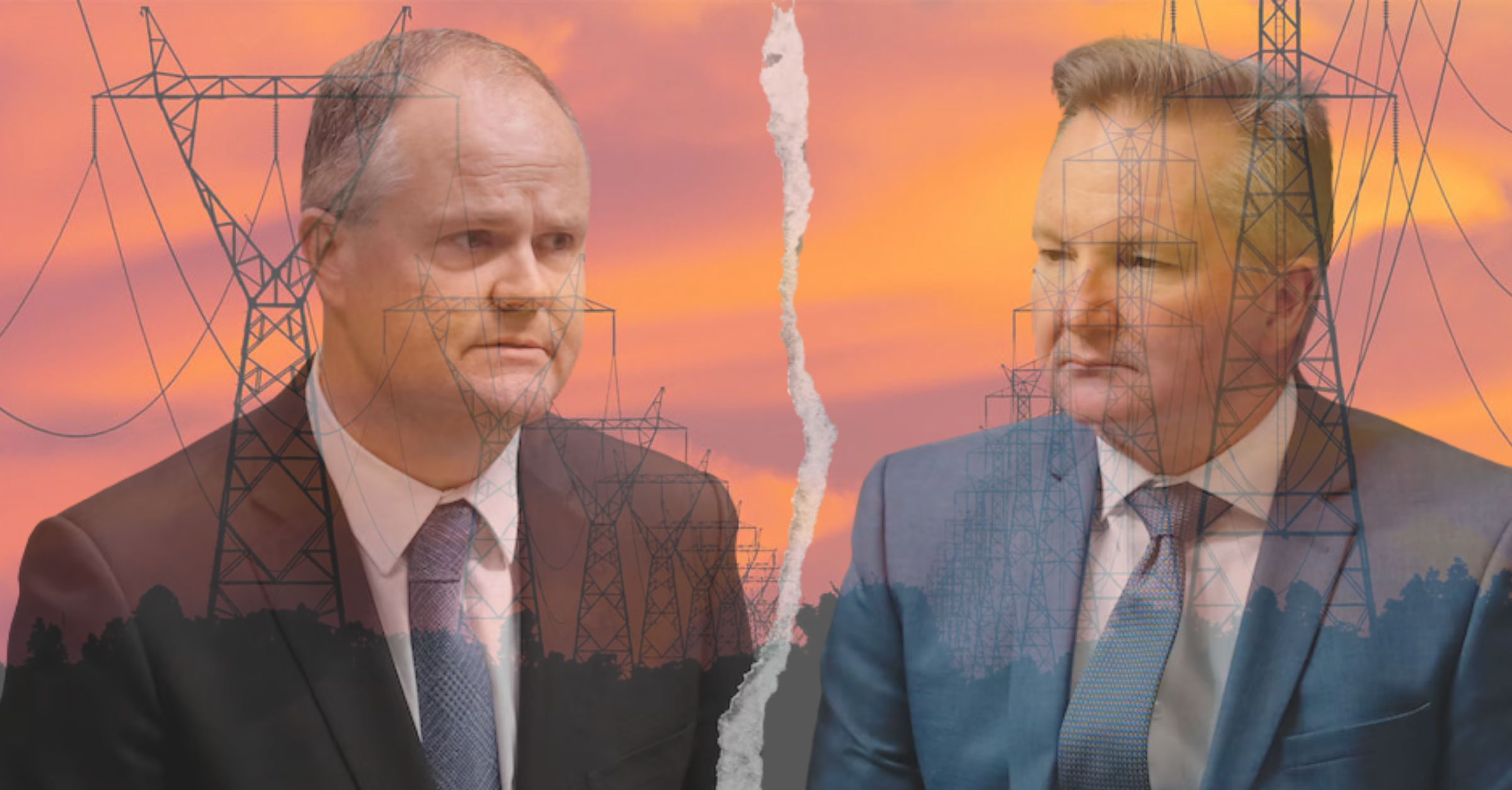 Written by Elyse Gatt
Written by Elyse Gatt
I’m sitting in a Fitzroy pub with an old friend, fellow energy nerd and former political staffer. Within 15 minutes, we’ve skipped through life updates and landed, inevitably, on work.
I’m telling her about a recent conference where every second investor echoed the same refrain: “We just want policy certainty.”
She leans back, takes a sip of her pint, and deadpans: “At this point, waiting for policy certainty is like standing on the beach with a towel for Harold Holt.”
We both laugh—because it’s grim, and because we’ve been hearing the same thing for years.
But the truth is, policy uncertainty isn’t the real issue anymore. The real problem is not having a plan to deal with what’s coming next.
With the 2025 Federal election looming, Australia’s energy sector faces a crossroads. Labor and the Coalition are offering radically different visions for the country’s energy future. The decisions made post-election won’t just tweak the system, they’ll shape the sector for decades. It’s not about waiting for certainty anymore; it’s about being prepared for whichever path we take.
Two plans, two futures.
As Australia faces a growing cost-of-living crisis, the pressure to address skyrocketing energy prices has become one of the most significant political challenges ahead of the 2025 Federal election. Energy costs are no longer just a technical or environmental issue; they’re a key point of contention in shaping the future of Australian policy.

Labor’s plan is transition Australia to 82% renewable energy by 2030.
Labor is doubling down on its renewable energy strategy, pushing forward with an ambitious plan to decarbonise the nation’s energy system. The party aims for 82% renewable energy by 2030, with key initiatives like the Capacity Investment Scheme (CIS) to facilitate large-scale renewable projects and a proposed $2.3 billion subsidy to make household battery storage more affordable.
The overarching goal is to unlock grid congestion, increase storage capacity, and accelerate clean energy investment. However, there are growing concerns about how quickly that transition can happen without exacerbating the financial strain on everyday Australians.

The Coalition’s energy plan is centred on nuclear energy.
The Coalition’s energy plan includes a major shift towards nuclear energy, with Peter Dutton arguing the current transition is too costly and unreliable. The plan calls for nuclear power plants, costing $120 billion and taking over a decade to complete. Gas-fired generation will serve as a transitional solution, backed by a $1 billion infrastructure fund.
Additionally, the Coalition’s new East Coast Gas Reservation Scheme mandates gas exporters reserve supply for the domestic market, aiming to reduce gas prices. While critics argue this approach risks prolonging the reliance on fossil fuels, the Coalition’s focus is clear: short-term affordability for households and businesses, even if it means a slower transition away from fossil fuels.
These contrasting approaches mean that the energy future, and the policies that will shape it, could look dramatically different depending on which party wins.
Uncertainty isn’t the problem, a lack of plan is
Energy investors are on edge, questioning whether a change in government will impact incentives or delay projects. The real issue isn’t the uncertainty, it’s the lack of a plan to navigate it. Businesses that will thrive aren’t waiting for clarity, they’re shaping the conversation and positioning themselves early.

Shadow Energy Minister, Ted O’Brien & Federal Energy Minister, Chris Bowen
Follow the policy, not just the headlines – Stay across the rules and frameworks, like market reforms, dispatch requirements, or grid access arrangements, as these often shape the real impact of policies.
Watch where the money’s going – Funding shifts, like subsidies or CIS expansions, reveal where the political will lies. Align early with these priorities.

There is still a schism between Federal and State level energy policies.
Mind the federal-state fault lines: The federal-state dynamic is critical, as some states will push harder on renewables, while others may be more cautious. Businesses that can successfully navigate both federal and state policies, and bridge the gaps between them, will have a significant advantage.
Engage early and often: Influence isn’t just about having the perfect project, it’s about being in the room early. Build relationships across political lines and with agencies who’ll shape the detail. The real action is in the drafting, not the announcement.
Prepare for rapid action: Once the policy direction is clearer, businesses must be prepared to pivot fast. Scenario planning, strategic engagement, and messaging that cuts through the noise are key to staying agile in a fast-moving landscape.
Strategic communications and advocacy at the core of business strategy
Back at the pub, my friend finishes her pint and shrugs: “At this point, if you’re not shaping the conversation, you’re just hoping someone else makes the right call.”
She’s right, in a sector as foundational as energy, waiting on the sidelines is no longer a viable option. The 2025 election won’t just decide who governs, it will set the direction for how we power the country for generations. For businesses, this is more than a policy moment, it’s a strategic inflection point.
Whether you’re backing renewables, exploring nuclear, or navigating the complexities of gas and grid reform, now is the time to lean in. Engage early, plan for different outcomes and be ready to move when the dust settles.
In a contest between two energy futures, the real advantage lies with those who don’t just watch the direction of change, they help determine it.
Given our team’s experience and hawk-eye position, if you need any assistance navigating the challenging government relations path ahead, please do not hesitate to reach out.


